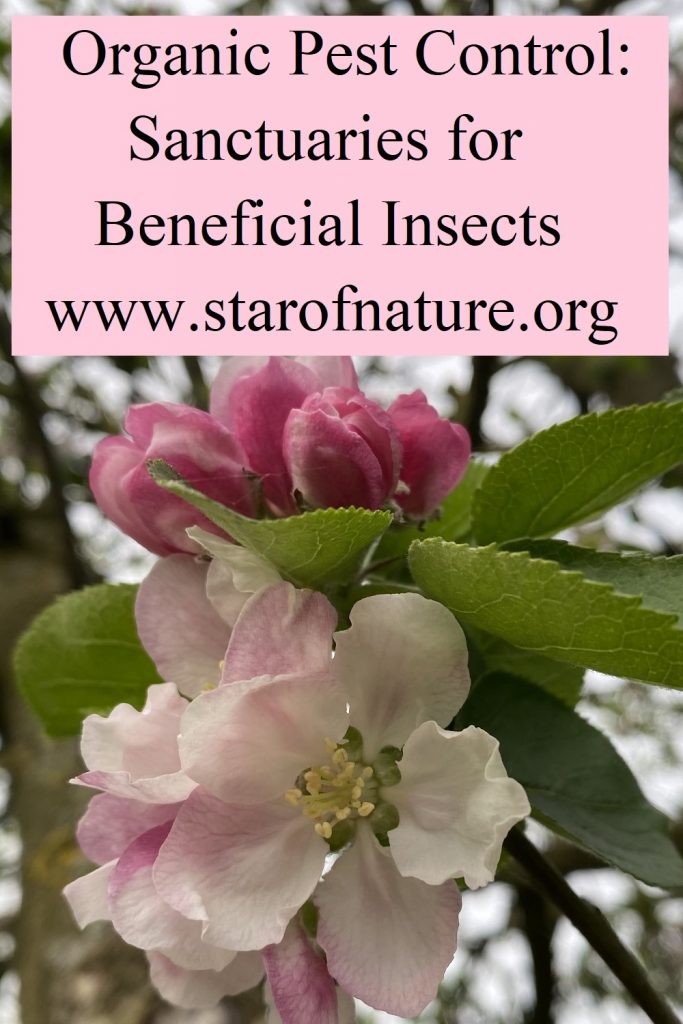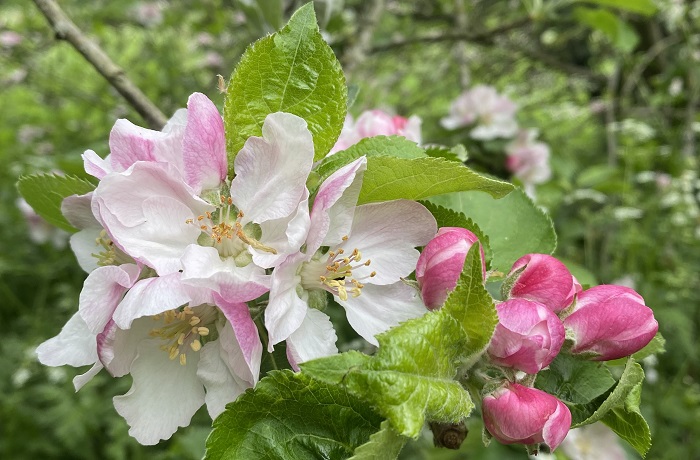Organic Pest Control: Sanctuaries for Beneficial Insects
As the damage from the use of pesticides to both the environment and human health becomes better known, farmers and gardeners increasingly turn to organic pest control. And one of the most promising methods of natural crop protection is biological pest control – the use of beneficial insects and other organisms to suppress pests.
Organic pest control: growing our own beneficial insects
An excellent example of this is the use of nematodes to control slugs and snails. Nematodes, naturally occurring slug parasites, can be bought in specialist shops and are now so popular with gardeners, that they are often sold out in spring, and so have to be ordered well in advance.
This is a best-selling solution for gardeners who don’t want to use poisons on their land, and I can certainly testify to the effectiveness of this method. One application in spring keeps the garden free from slugs for about six weeks, a time sufficient for flowers and vegetables to get established and develop their own defenses.
Considering that we are prepared to pay good money to introduce enemies of our enemies into our gardens, we should not neglect a simple and entirely free opportunity open to us to achieve exactly this. This opportunity is growing our own beneficial insects – predators that can destroy greenfly, caterpillars and other pests of vegetables, flowers and fruit. The way to achieve this is to create sanctuaries in which useful insects will flourish – strips of land given to native plants around gardens and fields.
Are weeds in the margins of gardens a source of pests and diseases?
It is sometimes wrongly assumed that weeds growing around fields and gardens are a source of pests and diseases, and therefore need to be mowed or even destroyed with herbicides. Practitioners of organic farming claim that the opposite is true.
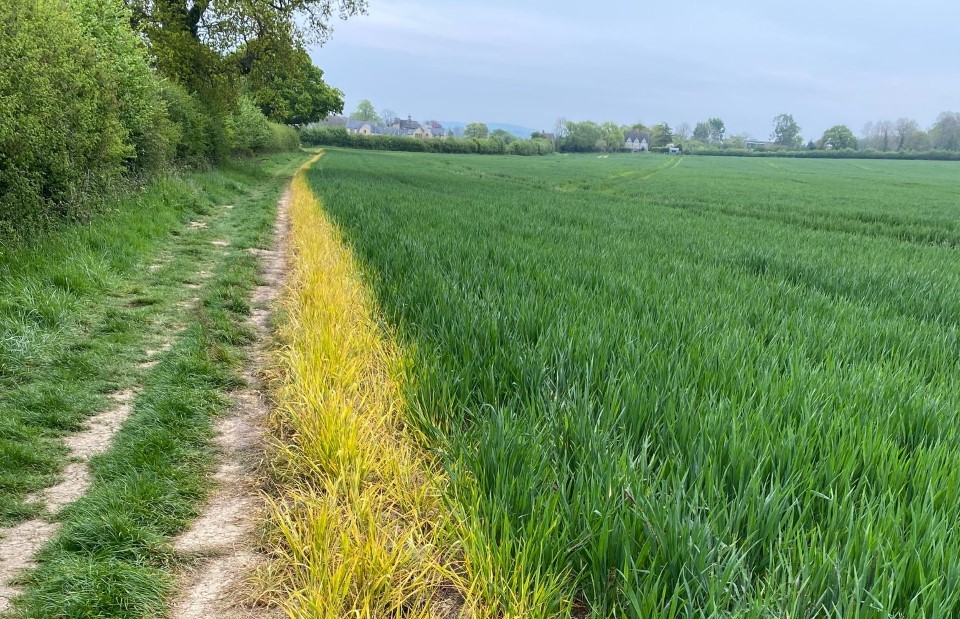
Thriving wild vegetation around fields and gardens is an environment where nature reins, and its laws rule undisturbed. And the ultimate law of nature is balance. In an environment free from human interference a balance between different species is inevitably established.
In areas covered with native plants both pests and their enemies are present. In such conditions one species will always stop an uncontrolled growth of another species. And on the contrary, in monoculture practiced in modern farming this balance and mutual control are lost.
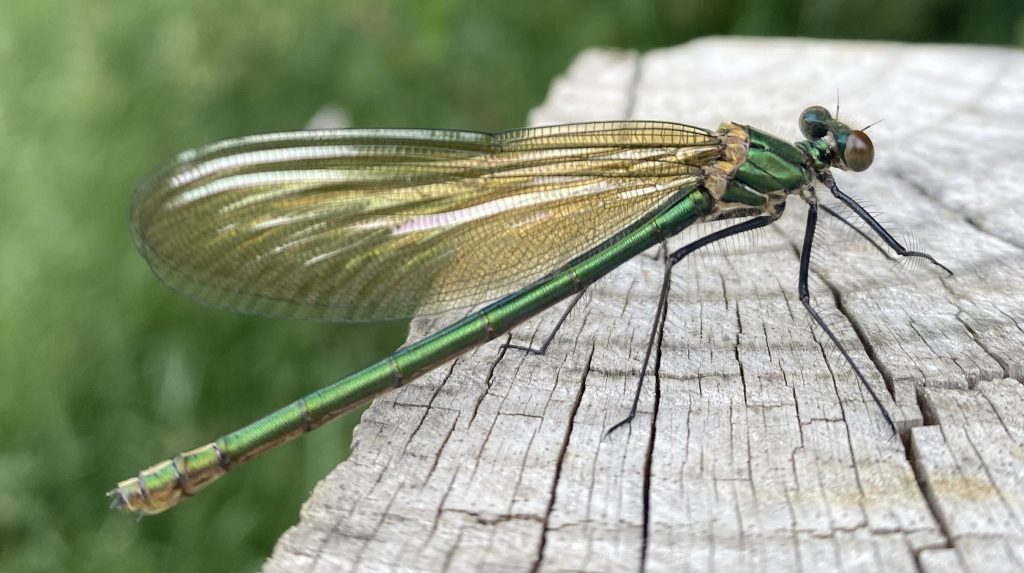
So what happens when a pest gets to a field planted with a single species? It has every means to thrive and multiply: access to an abundance of food and the absence of predators.
Perfect conditions for beneficial insects
In organic farming and gardening, where pesticides are not used, the creation of perfect conditions for beneficial insects is an important task. Keeping native plants growing around fields and gardens helps with this enormously.
If the fields are large, they are broken into smaller sections by creating corridors of native plants. These corridors and borders of wild plants around the fields become habitats where harmful and beneficial insects co-exist. The plants are allowed to complete most of their lifecycle. In areas with established plant communities, they are mowed in the second half of the summer to stop them producing seeds.
The balance of pests and predators
As a result, if pests appear on cultivated plants, and this is always possible, independently of what surrounds the fields, they are followed by their predators. And the quicker the pests increase, the quicker too increase their enemies. Wild life sanctuaries next to fields remove the need to wait for beneficial insects to appear from somewhere far away.
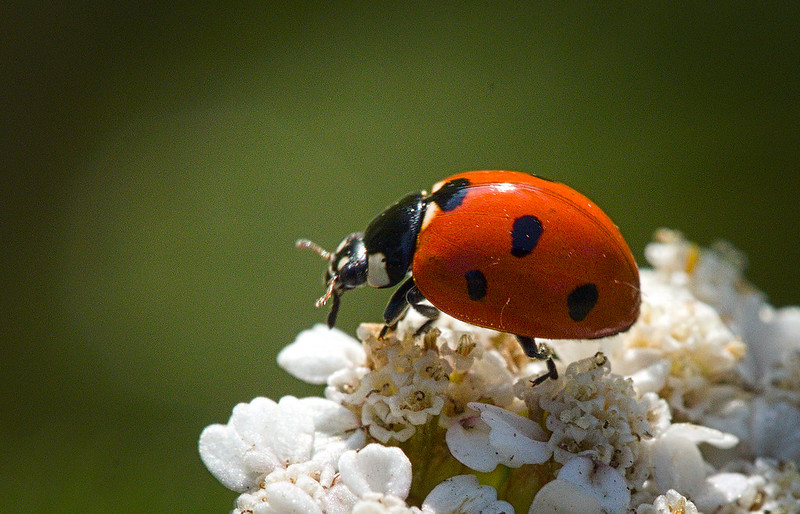
Research has shown that on large fields, not intersected with strips of native vegetation, the damage from pests around the edges, that are closer to native plants, is much smaller than in the middle.
The experience of the Japanese farmer Masanobu Fukuoka
The experience of organic farmers and gardeners testifies to the effectiveness of natural pest control. Japanese farmer Masanobu Fukuoka, a celebrated advocate of herbicide- and pesticide-free plant cultivation, and a creator of holistic and natural farming methods, gives an example of an effective use of biological control.
In his garden he grew a species of acacia imported from Australia, known as Morishima acacia (Acacia mearnsii). He reports that it is a fast growing tree and a nitrogen fixer that improves the soil. It is also good as protection against wind for an orchard, and has flowers attractive to bees and other orchard pollinators. And most importantly, it also acts as a breeding ground for beneficial insects. According to Fukuoka:
‘This tree grows year round, putting out new buds in all seasons. The aphids, which feed on these buds, began to multiply in great numbers. Ladybirds fed on the aphids and soon they too began to increase.
After the ladybirds had devoured all of the aphids, they climbed down to the citrus trees and started to feed on other insects such as mites, arrowhead scales, and cottony-cushion scales. Growing fruit without pruning, fertilizing, or using chemical sprays is possible only within a natural environment.’ (The One-Straw Revolution, by Masanobu Fukuoka, 1978, p. 34)
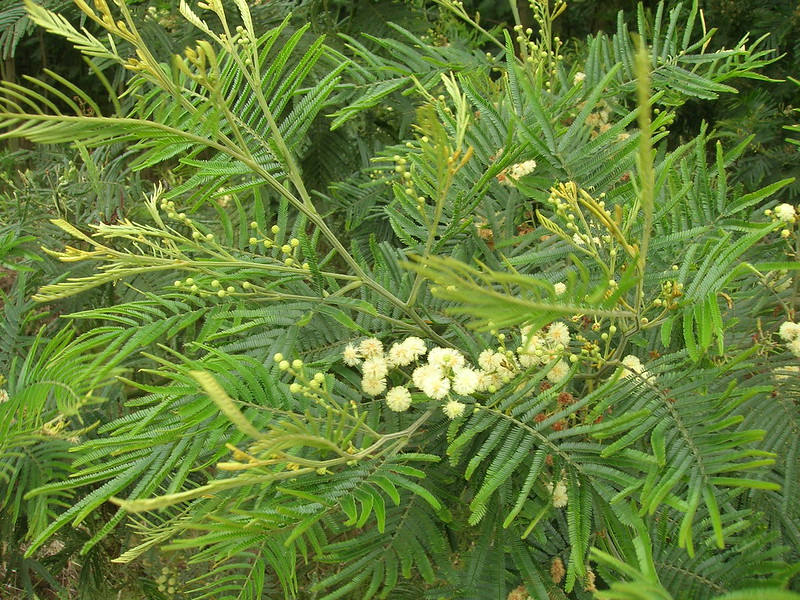
Organic pest control: a two-week gap
Having a source of pests and at the same time of their predators in your garden may seem paradoxical and counterintuitive. But if you don’t have any pests, you will have no predators, and when pests arrive, which can always happen, your garden will be unprotected.
What a practitioner of biological control has to remember is that there is a gap of about two weeks between the increase of pests and the increase of predators that eat the pest. This time one has to wait, but as the predators multiply, the job will be done more cleanly and harmlessly than what can be achieved with pesticides. Fields and orchards where our food is grown have become toxic environments, and we owe it to ourselves to learn to cultivate crops without poisons.
Image credits: Ladybird by hedera.baltica; Acacia mearnsii by Forest and Kim Starr
Posts related to ‘Organic Pest Control: Sanctuaries for Beneficial Insects’
Organic Weed Control: Why and How?
10 Ideas for a Natural Organic Garden
How to Make your Vegetable Garden Bee Friendly
How to Grow Wild Flowers in the Garden
Best Wild Flowers to Grow in the Garden
Small Scale Rewilding: How to Rewild your Garden
Slugs in the garden: a list of plants they will not eat
Organic garden: how to get rid of slugs without chemicals?
Garden Soil: Why Soil is Important and How to Restore it?
Pin ‘Organic Pest Control: Sanctuaries for Beneficial Insects’ for later
